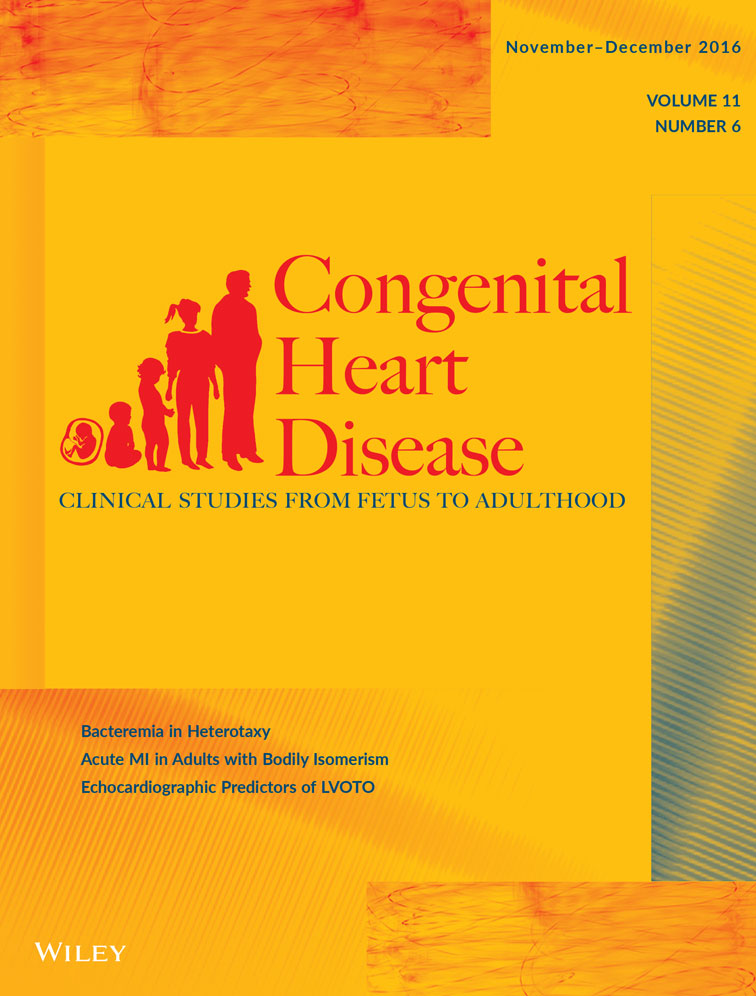Appropriate Use and Clinical Impact of Echocardiographic “Evaluation of Murmur” in Pediatric Patients
Conflict of interest: The authors have no commercial or other associations that pose a conflict of interest.
Abstract
Objective
To determine the appropriateness and yield of transthoracic echocardiograms (TTE) for murmur evaluation based on the pediatric Appropriate Use Criteria (AUC) and study the influence of patient age and physician experience on TTE appropriateness, yield, and ordering frequency.
Design
Retrospective review of medical records of patients referred to our practice for murmur evaluation from April to September 2014. Data collected included indication for TTE, patient age, physician experience since fellowship, TTE findings and exit diagnosis. Appropriateness was assigned based on the AUC document.
Setting
Pediatric cardiology clinics affiliated with a large pediatric cardiology practice.
Patients. One thousand seven hundred one consecutive patients (≤ 18 years) referred to our practice for murmur evaluation.
Interventions
Not applicable
Outcome Measures
The primary outcome was appropriateness of TTE orders. The secondary outcomes were the yield of abnormal TTE findings and the influence of patient age and physician experience on appropriateness, yield, and frequency of ordering TTEs.
Results
Of the 1701 patients referred for a murmur, 526 (30.9%) had a TTE [441/526 (83.8%) Appropriate; 85/526 (16.2%) Rarely Appropriate]. Abnormal findings were present in 130/441 rated Appropriate and none rated Rarely Appropriate. Infants <3 months had the highest rate of TTEs rated Appropriate and the highest yield of abnormal findings. Physicians with >20 years of experience not only had the lowest TTE ordering rate but also the lowest appropriateness rate with no difference in the yield of abnormal findings.
Conclusions
Most TTEs ordered for murmur were for indications rated Appropriate. Abnormal findings were present in one-fourth and only those rated Appropriate. Patient age and physician experience can significantly influence TTE utilization. This information is helpful in designing quality initiatives to optimize TTE utilization for murmur evaluation.




